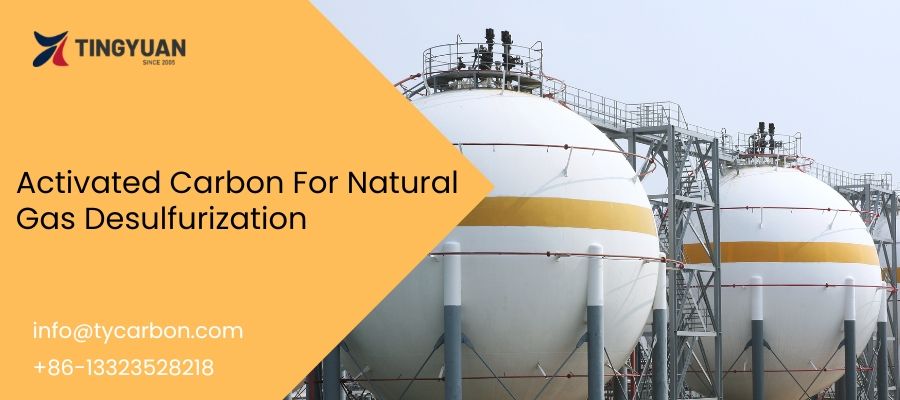Natural gas, as a clean and efficient fossil energy, is widely used in industrial production and daily life. However, the harmful impurity hydrogen sulfide (H2S) contained in natural gas not only causes corrosion of equipment and pipelines, but also poses a serious threat to human health. Therefore, desulfurization treatment of natural gas is of great importance.
Activated carbon, as an efficient desulfurizer, has been widely used in natural gas desulfurization due to its high adsorption capacity and recyclability.
This article will introduce the application of activated carbon in natural gas desulfurization in detail, and provide you with professional advice on the selection of activated carbon.
Principle Of Activated Carbon For Natural Gas Desulfurization
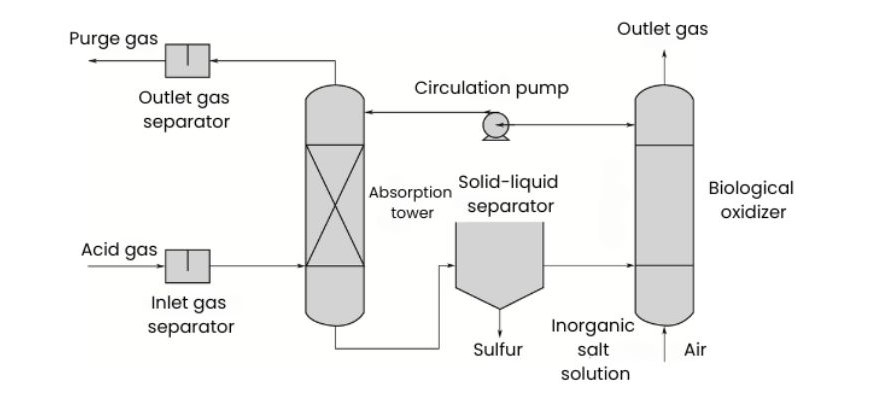
The principle of natural gas desulfurization is mainly to achieve physical and chemical adsorption. Activated carbon has a large number of microporous structures, providing a huge surface area.
These micropores can physically adsorb the hydrogen sulfide molecules in the gas stream, thereby separating them from the gas flow.
The surface of the impregnated activated carbon will produce chemical reaction sites. When the hydrogen sulfide in the natural gas passes through the activated carbon layer, the H2S molecules will react chemically with the active groups such as the oxidizing groups, and be converted into more stable elemental sulfur and water, thereby fundamentally removing the H2S.
This surface chemical reaction greatly improves the sulfur compound adsorption capacity of the activated carbon.
Selection Of Activated Carbon For Natural Gas Desulfurization
In the application of natural gas desulfurization, the selection of suitable activated carbon is the key to ensuring the desulfurization effect. After long-term practice, impregnated activated carbon has become the preferred product in the field of natural gas desulfurization.
Copper Oxide Impregnated Activated Carbon
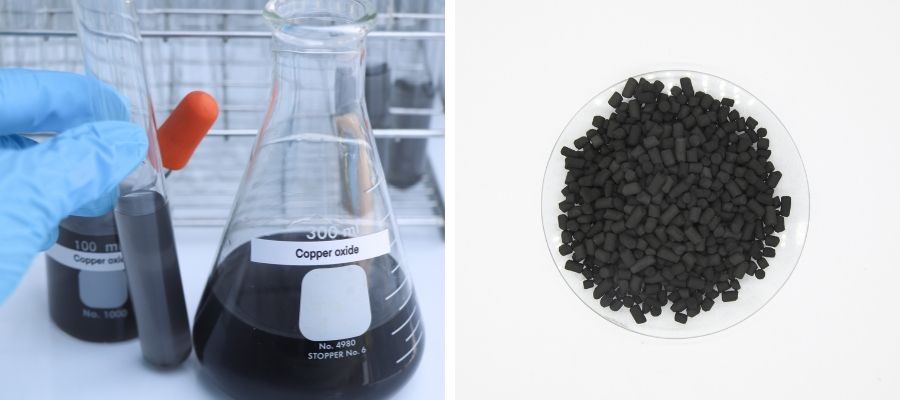
Copper oxide impregnated activated carbon is a special modified activated carbon product. It uses high-quality coal as the raw material, and is produced by advanced process equipment into high-activity columnar activated carbon. After chemical impregnation and heat treatment, it can remove acidic gases in an oxygen-deficient environment.
The impregnated activated carbon has an extremely high adsorption capacity, and can effectively adsorb hydrogen sulfide in natural gas. In addition, it has high hardness and strength, reducing the replacement frequency caused by wear or breakage, and extending its service life.
Related products:
4mm CuO-Impregnated Activated Carbon Desulfurization
Get a competitive quotePotassium Hydroxide Impregnated Activated Carbon
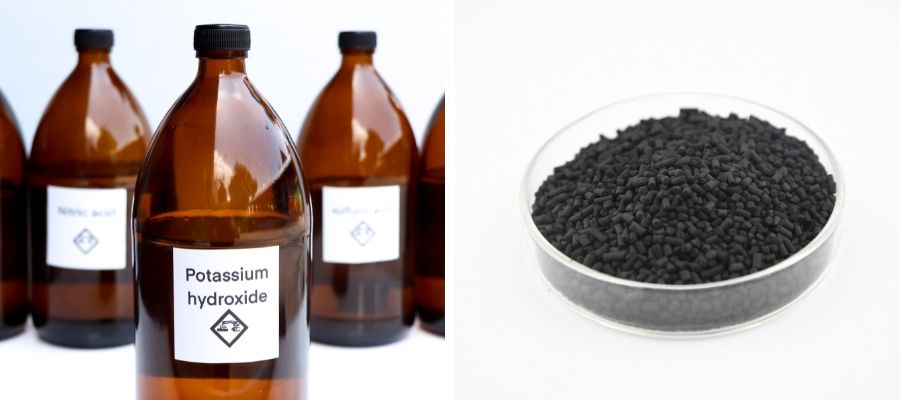
It is a highly efficient desulfurization material that has undergone special chemical treatment. It effectively removes hydrogen sulfide and other acidic gases in natural gas and other industrial gases through physical and chemical adsorption, with high specific surface area, suitable pore size distribution, enhanced chemical activity and good mechanical strength.
Compared with ordinary activated carbon, potassium hydroxide activated carbon has stronger adsorption capacity for hydrogen sulfide and higher desulfurization efficiency.
Related products:
KOH-Impregnated Activated Carbon For Acid Gas Removal
Get a competitive quotePotassium Iodide Impregnated Activated Carbon
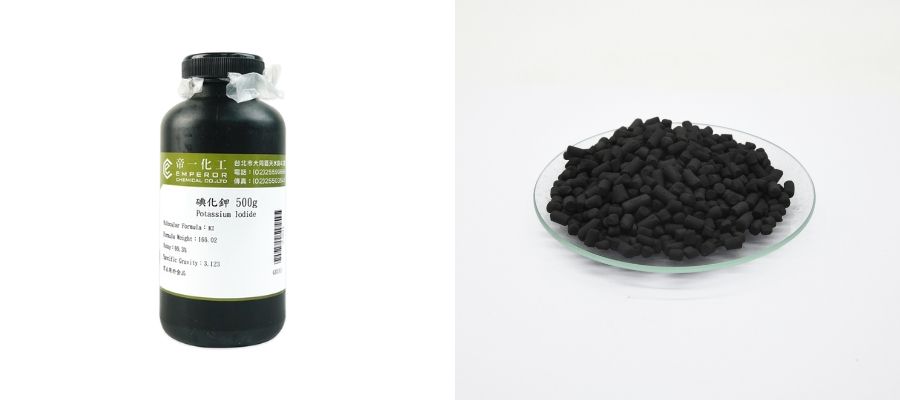
Potassium iodide (KI) impregnated activated carbon is a high-performance product specially designed for natural gas desulfurization applications. It is made from high-quality coal through processes such as crushing, carbonization, activation, and refining to produce 4mm columnar activated carbon.
By impregnating potassium iodide into the coal-based activated carbon, its adsorption and catalytic performance is enhanced, which can effectively remove H2S in natural gas, thereby improving the combustion efficiency and safety of natural gas.
Related products:
KI Impregnated Activated Carbon For H2S Removal
Get a competitive quoteConclusion
Activated carbon desulfurization technology is an indispensable part of the natural gas purification process, and the selection of suitable activated carbon products is the key to ensuring the desulfurization effect.
Impregnated extruded activated carbon can react well with the sulfur compounds in natural gas, further improving the desulfurization effect.
As an activated carbon supplier, our company has many years of experience in the research and development and production of activated carbon. Our products are of reliable quality, excellent performance, and we provide professional technical support and after-sales service.
Please feel free to contact us for more information about activated carbon natural gas desulfurization, and we will be happy to serve you!
Whatsapp: +86-13323528218
Email: info@tycarbon.com

